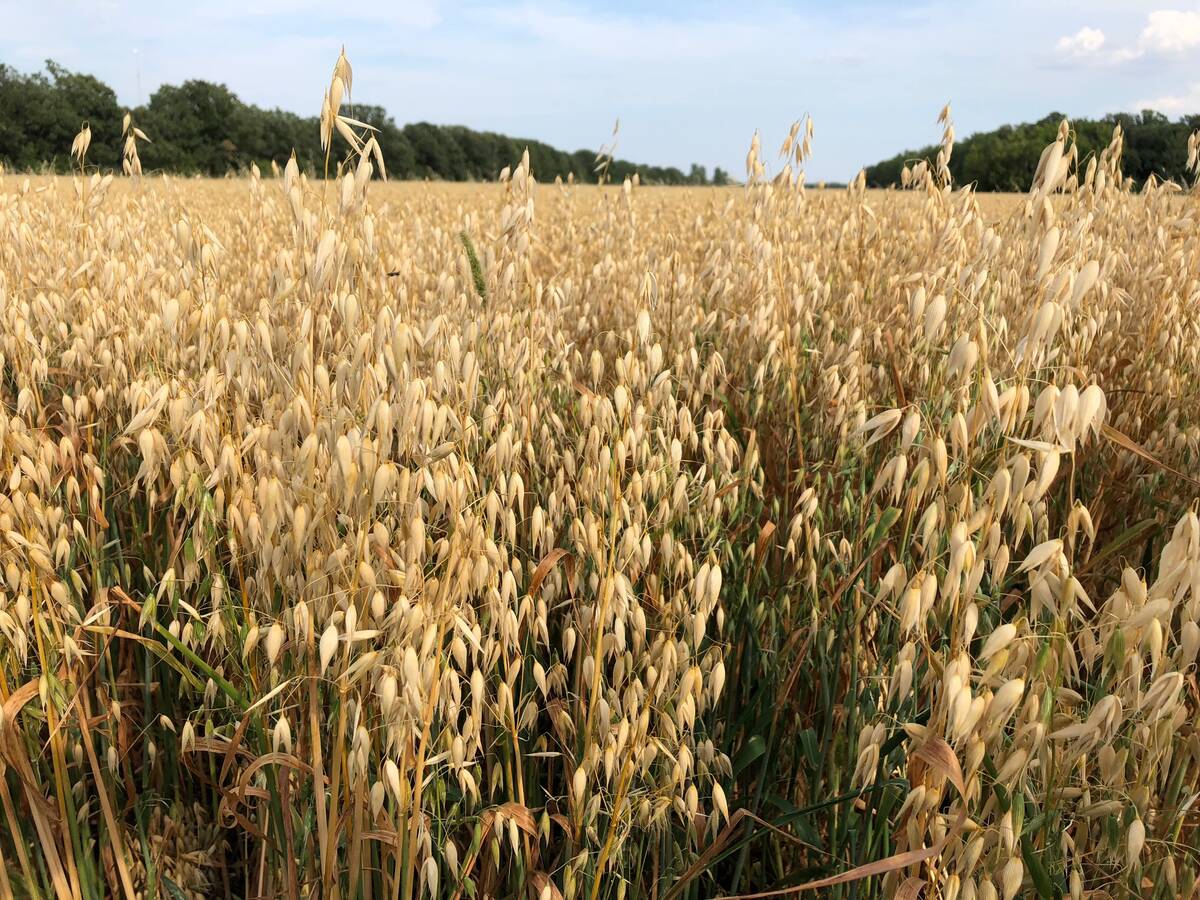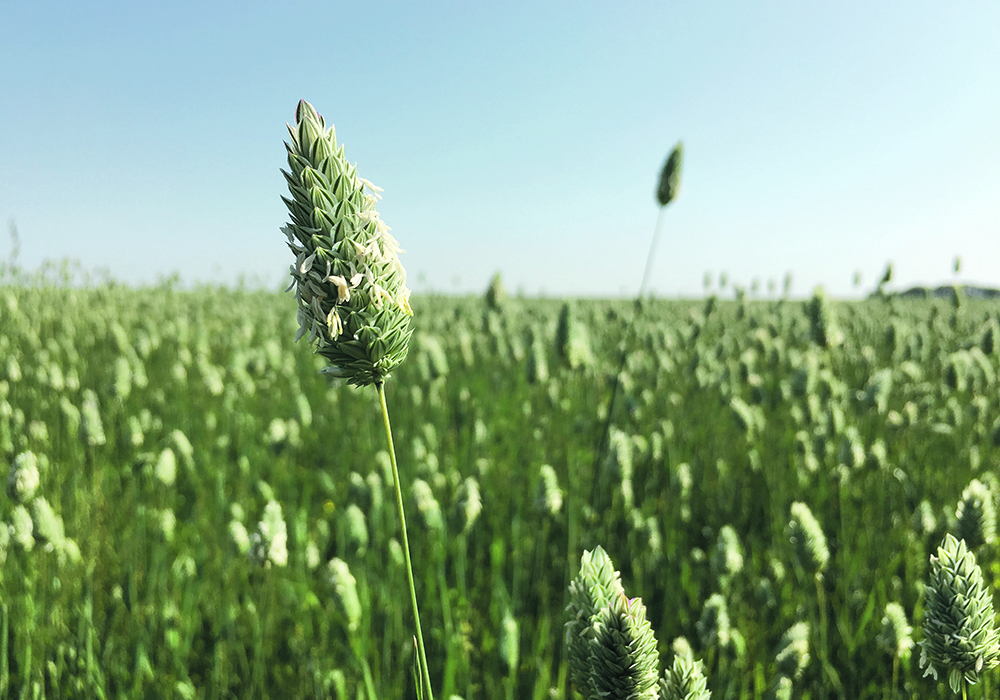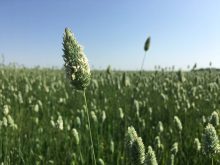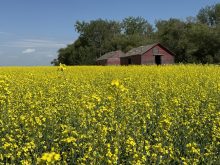Traders think prices will need to fall some more before customers are comfortable enough to get back into the market
SASKATOON — Traders think canaryseed prices are still too high.
“We need a bit lower prices, I believe, for buyers to be comfortable risking their capital,” said David Nobbs, a trader with Purely Canada Foods.
Rayglen Commodities Inc. delivered a similar message in its July 3 market commentary report.
The brokerage firm noted that above-average weather is likely to weigh on markets when combined with Statistics Canada’s estimate of 291,146 seeded acres, a 13.5 percent increase over last year.
“With decent weather and more acres, it doesn’t take much for this canaryseed market to be oversupplied,” stated Rayglen.
Old crop values have slipped to 43 cents per pound picked up on farm, while new crop values are hovering around 34 to 35 cents.
“It would be a good idea to get 10 bushels per acre locked in at these levels while they remain available,” said the broker.
Nobbs said today’s prices are not in line with what buyers are willing to pay.
“The demand side of the canaryseed market has been horrible,” he said.
Mexico started out the 2023-24 crop year with “guns-a-blazing” but has since petered out.
There has been very little demand from traditional markets in the European Union due to low millet prices and high interest rates. Buyers don’t want to stockpile the crop at today’s lending rates.
Canadian exporters moved 95,000 tonnes of the crop through the end of May. Nobbs estimates another 15,000 to 20,000 tonnes will be shipped in June and July, for a total of about 115,000 tonnes for the 2023-24 crop year.
That compares to a normal export program of about 150,000 tonnes.
“The demand has just not been there,” he said.
Buyers are holding off on purchases because it is about $100 per tonne cheaper to wait for new crop than to buy old crop at today’s values.
Nobbs hopes the recent reset in new crop prices helps stimulate demand in the fall, but he thinks prices may need to drop another couple of cents per pound to trigger a response.
He believes a big crop is on the way because there was plenty of moisture and cool temperatures early in the season.
“That’s what canary loves. It’s a shallow-rooted crop,” he said.
Production is also shifting to the eastern half of Saskatchewan where yields are better than the western half of the province.
Nobbs believes farmers planted 310,000 acres of the crop, which is higher than Statistics Canada’s number.
For all those reasons, he is confident that production will exceed the 155,000 tonnes Agriculture Canada is forecasting and that supplies will be closer to 200,000 tonnes rather than the government’s 190,000 tonne estimate.
Buyers are very cautious after “getting smoked” in recent years when values soared in the fall and then dropped.
Hand-to-mouth buying is “back in full force” with buyers wanting one container of canaryseed instead of stockpiling five like they did in the past.
Nobbs doesn’t think new crop prices are heading to 30 cents per lb., but he doesn’t believe 40 cents is in the cards either for the upcoming 2024-25 crop year.
However, that will depend on whether farmers decide to hold onto their canaryseed or “hammer” it into the market, freeing up bin space for a crop like durum that they feel is priced too cheap.
“The grower has a lot of power here, a lot of power,” said Nobbs.
Read Also

Controversy fails to prevent PGR use in oats
Some Manitoba oat growers are still using chlormequat chloride — the active ingredient in Manipulator —and sometimes to measurable success.
















